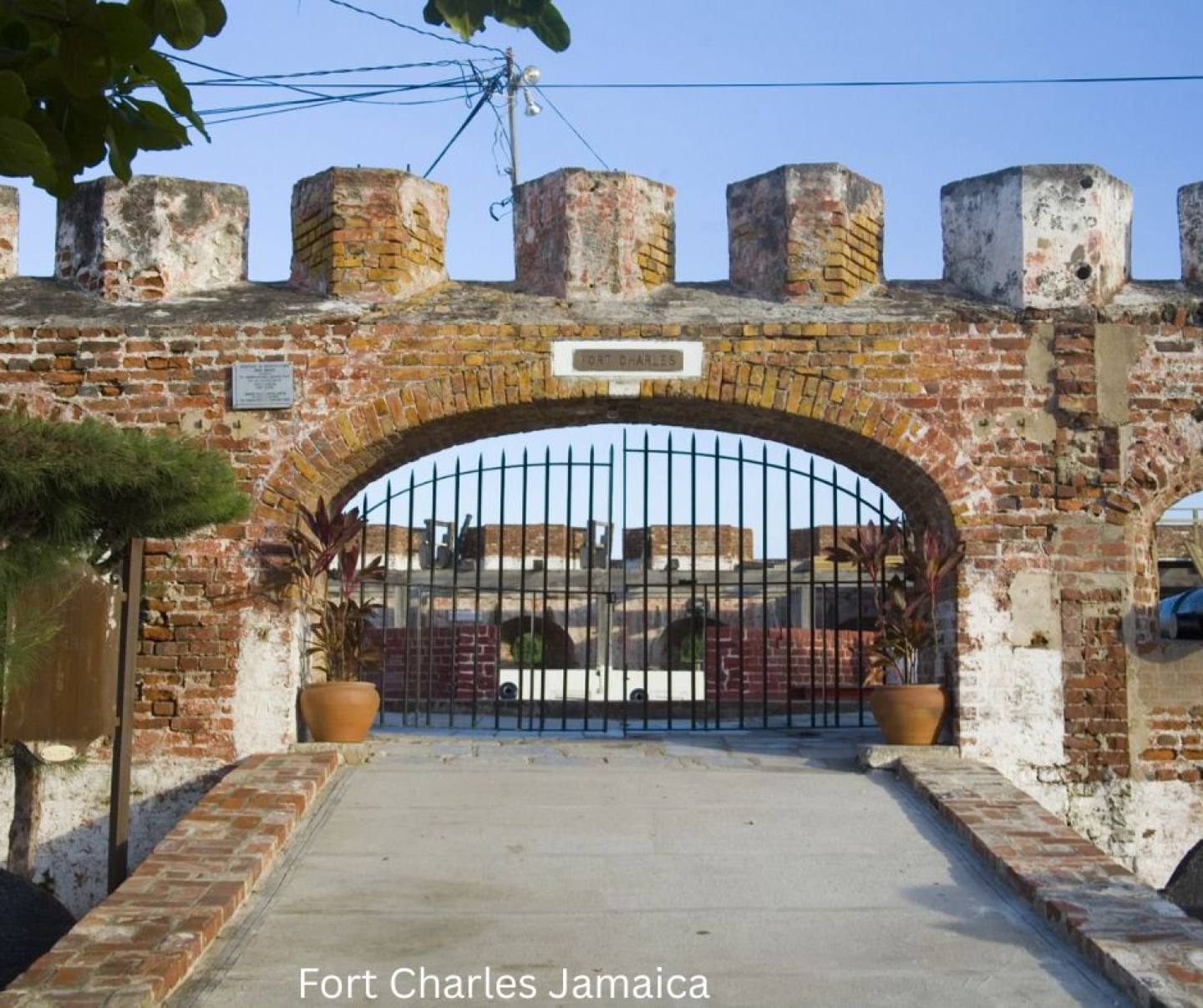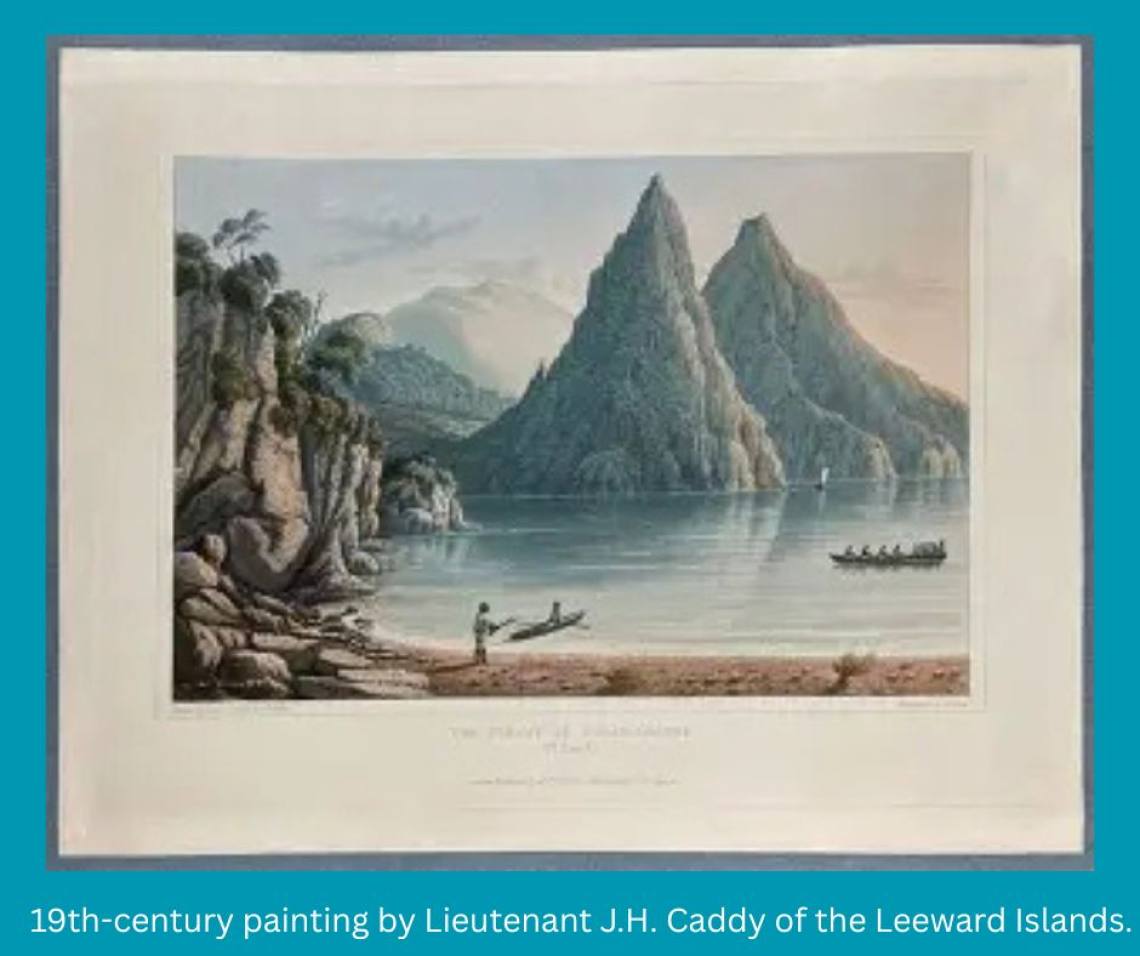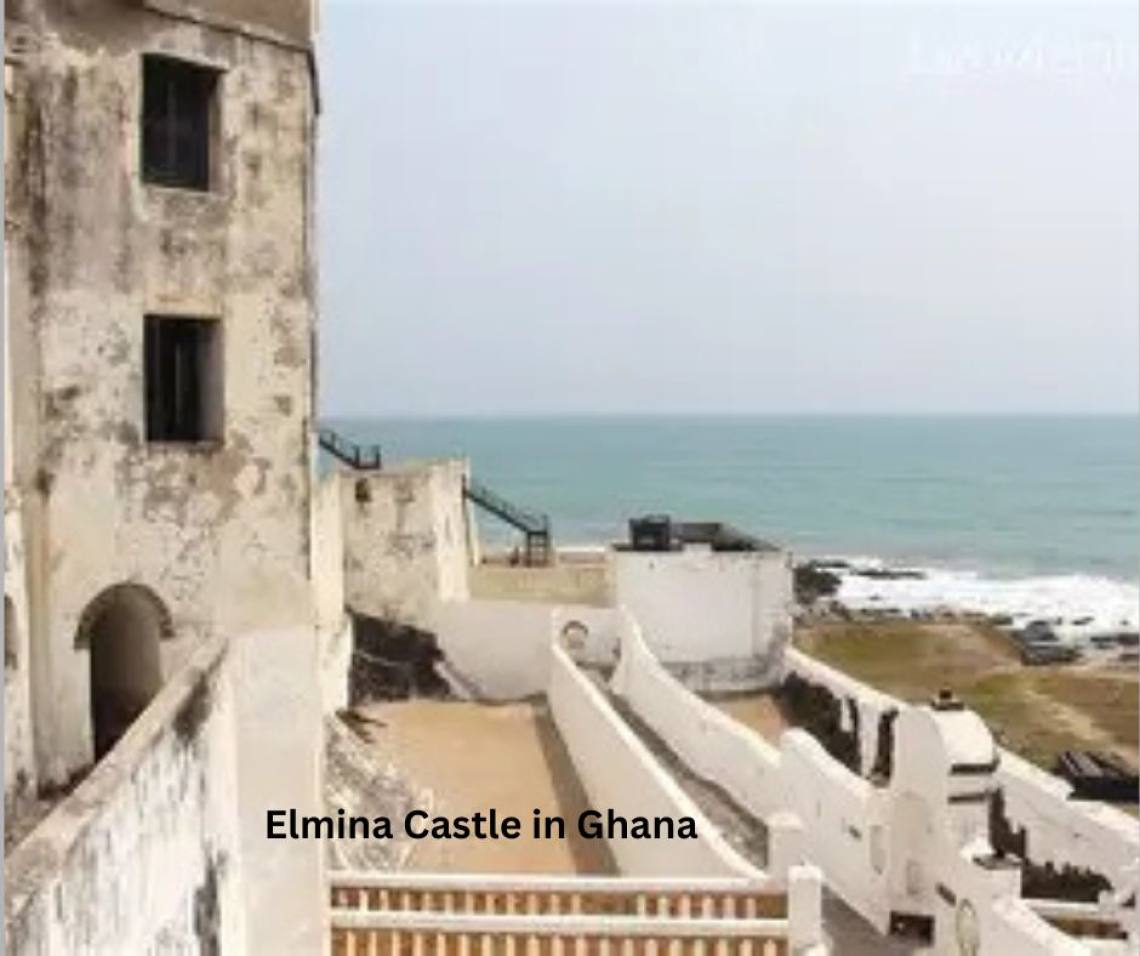Retracing history in Africa and the Caribbean
Retracing history in Africa and the Caribbean
Historic forts in different parts of the world are at the center of two separate research projects by a historian and an art historian at the University of Miami.
Publication of the University of Miami College of Arts & Sciences
Written by Kyra Gurney
Date 07-11-2025
Conducting art history research typically involves visiting museums and archives. For Erica Moiah James, however, it has also meant driving hairpin turns up Caribbean mountains as far as her car will take her and then hiking the rest of the way to historic forts perched on the top.
“I wanted to put myself in the position of the artist,” explained James, an associate professor in the Department of Art & Art History at the University of Miami College of Arts and Sciences. “What did he see back then? What did he want to see? And what was he recording?”
James has been retracing the steps of British, French, and Dutch military officers who painted vistas from Caribbean forts in the 18th and 19th centuries. While the images were ostensibly created for military purposes—to accurately depict the islands and bays European countries were fighting over—James is studying them as works of art. “It’s been dismissed as not art,” she said. “But I think we need to take it seriously, because these are the earliest images of this region that we know of.”
In June, James visited forts in St. Maarten while she was on the island for a Caribbean Studies Association conference. She has also visited other Caribbean islands to compare paintings created by military officers with the vistas they depict.
James is planning to share her research in a book on 18th and 19th century Caribbean art. She is also curating an exhibition on paintings of the Caribbean by military officers and other artists from this period for the Wellin Museum at Hamilton College. The exhibition is scheduled to open in 2028.
One of the things that has surprised James about these paintings, she said, is “how beautiful they are.”
In researching the military training the officers received, James has learned that painting was part of the curriculum at European military academies during this period. Some of the officers considered themselves artists and continued to paint after they left the military.
“We tend to think of the military and the arts as very separate,” she said. “But there’s something very human about art, and very tactile and beautiful, and to find that sort of tenderness in the midst of that kind of structure, it threw me a little bit.”
Documenting slave forts, castles, and dungeons
Edmund Abaka, an associate professor in the Department of History, is also conducting research involving forts, albeit slave forts. He traveled to Ghana earlier this summer and will visit Tanzania in mid-July to study how slave forts, castles, and dungeons on the African coast are memorialized and interpreted as sites of historical memory.
Abaka first became interested in studying these sites when, in 1989, he took a group of U.S. Peace Corps volunteers in Ghana to the Elmina slave castle, which was built by the Portuguese in 1482. This castle, like other similar sites, was used to imprison slaves before they were transported overseas in the transatlantic slave trade.
Subsequent visits to these sites, including with University of Miami students studying abroad in Ghana, heightened Abaka’s interest in further exploring how these sites are understood today.
Edmund Abaka near the Elmina slave castle and dungeons in Elmina, Ghana.
“These experiences and my own research work culminated in a strong desire to document them for posterity, as well as research and write on these significant sites of historical memory that have significant ramifications for African and African diaspora history,” he said.
In addition to visiting some historical sites in Ghana for the first time, Abaka also revisited sites he had seen years ago to determine whether there have been any changes. Popular interest in DNA tests and efforts among members of the African diaspora to trace their ancestry, he said, have led to a rise in heritage tourism and increased interest in some of these sites.
Abaka is also trying to learn more about “castle slaves,” a group of enslaved Africans who were forced to work in the forts and castles, rather than being sold overseas. This line of research “has involved difficult conversations which sometimes yield no answers,” he said. “It sometimes seems like one is clutching at straws, and it is excruciatingly difficult to get any information from people.”
Abaka plans to write two books and an article based on his research, as well as produce a short documentary. He hopes to eventually map out all the slave castles, forts, and dungeons along the African coast.
July 2025
Copyright ©️ Expérience Jamaïque. Tous les droits sont réservés. Conçu et développé par LucraLux Marketing.







